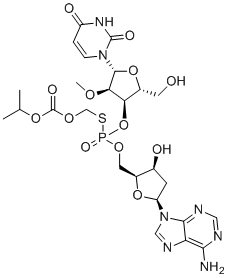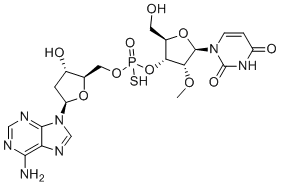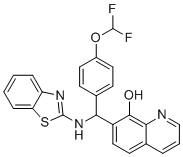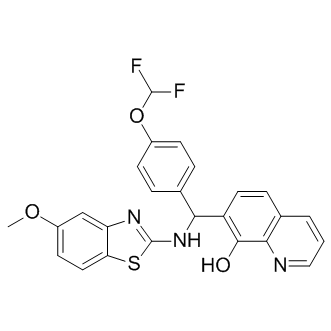RLR
Three cytoplasmic RNA helicases, Retinoic acid Inducible Gene I (RIG-I), Melanoma Differentiation Associated gene 5 (MDA5), Laboratory of Genetics and Physiology 2 (LGP2), are collectively termed as RIG-I like receptors (RLR). RLRs reside in the cytoplasm and recognize RNA species produced in the cytoplasm. Whereas retinoic acid-inducible geneI (RIG-I) and Mda5 contain a DExD/H box RNA helicase domain and two caspase recruiting domain (CARD)-like domains required for eliciting downstream signaling pathways, LGP2 lacks the CARD-like domains. RIG-I and Mda5 are able to interact with viral RNA, albeit with different ligand specificity, and elicit signaling leading to the transcription of type I IFN and inflammatory cytokines. RLR signaling pathways converge at NF-κB, MAPK, and IRFs for a robust induction of type I IFN.
Interferon beta promoter stimulator-1 (IPS-1) [also known as mitochondrial antiviral signaling (MAVS), CARD adaptor inducing interferon beta (Cardif), or virus-induced signaling adaptor (VISA)] was discovered as an adaptor for RLR that provides a link between RLR and downstream signaling molecules. IPS-1 contains an N-terminal CARD-like domain sharing homology with those of RIG-I and Mda5. Overexpression of IPS-1 activates IFNα4, IFNα6, and NF-κB promoters as well as the IFNβ promoter and results in production of type I IFN that is sufficient for inhibition of viral replication. The induction of IFNβ by IPS-1 requires TBK1 and IKKi, as cells lacking these kinases together fail to activate the IFNβ promoter following IPS-1 overexpression.
References
1.Kawai T, et al. Ann N Y Acad Sci. 2008;1143:1–20.
Interferon beta promoter stimulator-1 (IPS-1) [also known as mitochondrial antiviral signaling (MAVS), CARD adaptor inducing interferon beta (Cardif), or virus-induced signaling adaptor (VISA)] was discovered as an adaptor for RLR that provides a link between RLR and downstream signaling molecules. IPS-1 contains an N-terminal CARD-like domain sharing homology with those of RIG-I and Mda5. Overexpression of IPS-1 activates IFNα4, IFNα6, and NF-κB promoters as well as the IFNβ promoter and results in production of type I IFN that is sufficient for inhibition of viral replication. The induction of IFNβ by IPS-1 requires TBK1 and IKKi, as cells lacking these kinases together fail to activate the IFNβ promoter following IPS-1 overexpression.
References
1.Kawai T, et al. Ann N Y Acad Sci. 2008;1143:1–20.
Immunology/Inflammation
Amino Acids and Derivatives(42)
Antiviral(77)
CD110(2)
Cell wall(5)
Complement System(33)
FLAP(9)
Hydroxylase(14)
Interferon Receptor(6)
IRAK(24)
IκB kinase (IKK)(41)
Lipoxygenase(53)
LTR(13)
MyD88(6)
NOS(85)
PD-1/PD-L1(38)
PGE synthase(14)
RLR(4)
ROS(61)
Scavenger Receptor(2)
SphK(3)
STING(26)
TLR(68)
RLR
-
Inarigivir soproxil
catalog no : M16738
cas no: 942123-43-5
Inarigivir soproxil (SB-9200, SB9200, Inarigivir, ORI-9020) is an orally bioavailable dinucleotide that activates RIG-I and NOD2, induces interferon mediated antiviral immune responses.
-
Inarigivir
catalog no : M14586
cas no: 475650-36-3
Inarigivir (ORI-9020, SB-9000) is a dinucleotide that activates RIG-I and NOD2.
-
KIN-1400
catalog no : M14529
cas no: 446826-86-4
A potent RIG-I-like receptor (RLR) agonist that triggers IRF3-dependent innate immune antiviral genes and IFN-β expression.
-
KIN-1408
catalog no : M12985
cas no: 1903800-11-2
A small-molecule MAVS-dependent IRF3 agonist that shows antiviral activity against Flaviviridae.



 Cart
Cart
 sales@molnova.com
sales@molnova.com

